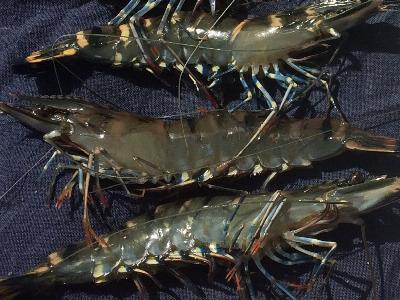Essential Silica management to grow diatoms for aquaculture

At AlgaEnviro we have been doing a lot of work recently talking with aquaculture farmers about their pond water and how they manage the algae populations in the ponds. Of most interest to me is how they manage diatom algae, as these are usually the key algae of most interest. We have had a really promising first round trial with a prawn farm, and now we have more farmers’ trialing our product, Diatomix, in Marron, Barramundi and Prawn (shrimp) farms.
When I talk about algae with aquaculture farmers their key interest is that they want to have as many diatoms in there as possible. And to achieve that most farmers add some extra Silica, which is very important. BUT, and it is a big but, the one thing that has surprised me when I ask about Silica additions is that no one (yet) has been monitoring Silica levels.
I thought I would run through a few essential facts on diatoms, and how they relate to farm practices for aquaculture. Diatoms are one of two types of algae that use Silica and there is a ratio of different atoms that need to be present for them to grow well. Generally this ratio is 106 Carbon atoms, 15 Silica atoms, 16 Nitrogen atoms and 1 Phosphorus atom. Like all living things, diatoms also need much lower levels of metals, often called micronutrients. These micronutrients like iron, copper, magnesium, boron and a range of others are absolutely essential for diatom growth and are almost always in short supply in ponds and seawater. In fact, it is often the levels of micronutrients that affect how much microalgae growth there is.
In aquaculture, I have found if I ask a farmer what the ammonia and nitrate levels were in their ponds during the week, they are likely to know these off the top of their head. But if I ask about Silica, they don’t know - because they don’t measure it. It is common for a standard weight of metasilicate or other silica source to be added each week to ponds, but the actual concentration is a mystery. As you may have noticed with that ratio I described above, Silica is as important as Nitrogen. So if you want to grow diatoms, and you know your Nitrogen concentration, you need to know your Silica concentration. Adding metasilicate is an added cost so don’t waste it by putting in too much, getting the right amount is essential as without enough, you are not growing as many diatoms as you could. Other algae and cyanobacteria will use the Nitrogen that the diatoms can’t use because they have run out of Silica.
The next point to be aware of is the concentration of Nitrogen and Silica; if the ratio between the two is 15 Silica atoms to 16 Nitrogen atoms. As 15: 16 is nearly the same as 1: 1, let’s assume a 1: 1 ratio for simplicity. The atomic weight of Nitrogen is 14 and for Silica it is 28. So when you look at your Nitrogen concentration, for example, 0.4 mg/L this means that to grow a good population of diatoms, the Silica concentration has to be at least 0.8 mg/L. If you are not monitoring Silica, how do you know what is happening and whether your water is suited for diatom growth? If you want to know what your ratio is, we have a calculator on our website so you can see where your ratio is at.
Do you want some diatom growth or optimum growth? At AlgaEnviro we have Diatomix, which is a micronutrient nano-technology containing all those micronutrients that are essential for optimum diatom growth. Through the nano-technology system we use we ensure that all those micronutrients are only bio-available to diatoms, so the less desirable algae and phytoplankton can’t use them. With consistent and regular dosing of Diatomix you can ensure that there are good populations of diatoms in ponds, growing well, to use up ammonia and to feed your farmed animals.
Contact me if you want to know more. I am always happy to talk algae, and how to increase profits through increased diatom populations.
Simon Tannock PhD. - Microalgae Culture and Control Expert
Có thể bạn quan tâm
 Can Natural Strategies Effectively Combat EMS?
Can Natural Strategies Effectively Combat EMS? Each year the shrimp industry suffers losses of more than US$1 billion due to early mortality syndrome or acute hepatopancreatic necrosis (EMS/AHPND)
 XTRACT® Shrimp improves performance and resistance to disease in Pacific white shrimps
XTRACT® Shrimp improves performance and resistance to disease in Pacific white shrimps The major challenges in shrimp farming include optimizing parameters of productive performance such as the growth rate, final weight, and feed efficiency
 'Big Picture' Connects Shrimp Disease and Inbreeding
'Big Picture' Connects Shrimp Disease and Inbreeding Disease problems on shrimp farms may be partly driven by an interaction between management practices that cause inbreeding in small hatcheries